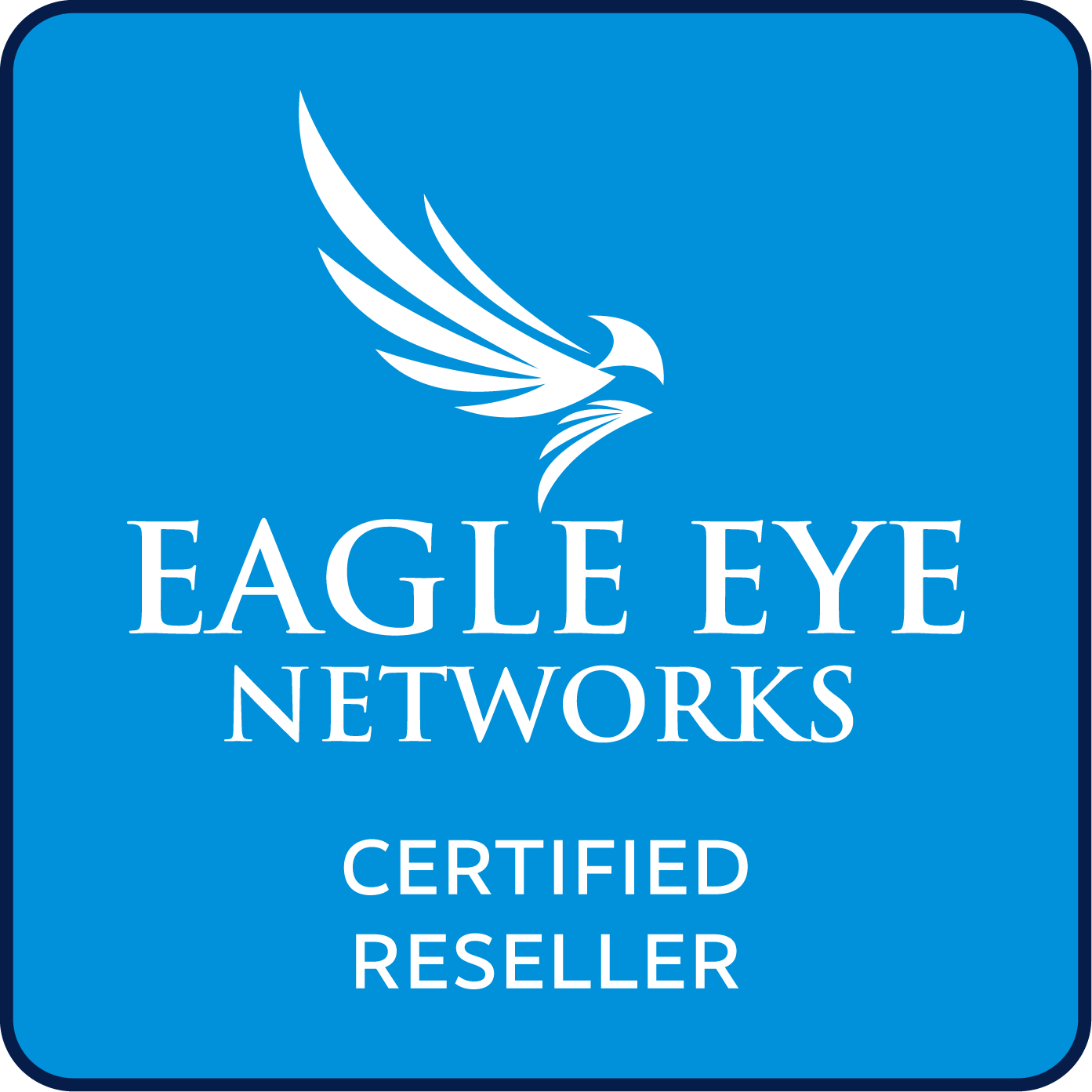Cabling Services
Copper Cabling Cat5e & Cat6 Copper Cabling Solutions Fiber Optic Cabling Services Fiber Cabling Solutions Testing and Certification Testing & CertificationCable Testing & Certification
Cable Certification
Certification proves to the network owner that the installation has been done correctly and meets TIA or ISO standards. Network owners who want to guarantee that the infrastructure is capable of handling a certain application (e.g. Voice over Internet) will want to certify the network infrastructure. In some cases certification are used to pinpoint or eliminate specific network problems.
Testing & Troubleshooting
Centerpoint has the tools and the trained professionals to pinpoint and fix any problems you are encountering caused by faulty cable, bad termination, broken cable etc. You can count on us to get your issue repaired in a timely and professional manner.
What Tests Do We Run For Certification?
Return Loss
Return Loss is the measurement (in dB) of the amount of signal that is reflected back toward the transmitter. The reflection of the signal is caused by the variations of impedance in the connectors and cable and is usually attributed to a poorly terminated wire. The greater the variation in impedance, the greater the return loss reading is. If 3 pairs of wires pass by a substantial amount, but the 4 pair barely passes, it usually is an indication of a bad crimp or bad connection at the RJ45 plug. Return loss is usually not significant in the loss of a signal, but rather signal jitter.
Near-End Crosstalk (NEXT)
Near-End Crosstalk (NEXT) is an error condition that describes the occurrence of a signal from one wire pair radiating to and interfering with the signal of another wire pair. It is the difference in amplitude (in dB) between a transmitted signal and the crosstalk received on other cable pairs at the same end of the cabling. Higher NEXT values correspond to better cabling performance. A higher value is desirable, as it would indicate that the power transmitted is greater in magnitude than the power induced onto another wire pair given that the NEXT measurement is simply a difference calculation. NEXT must be measured from each pair to each other pair in twisted pair cabling and from each end of the connection. NEXT is measured 30 meters (about 98 feet) from the injector / generator. Lower near end crosstalk values correspond to higher overall circuit performance. High NEXT values on a UTP LAN that will be using an older signaling standard (IEEE 802.3i and earlier) are particularly detrimental. It could be an indication of improper termination.
Power Sum Next (PSNEXT)
Power Sum NEXT (PSNEXT) is the sum of NEXT values from 3 wire pairs as they affect the other wire pair. The combined effect of NEXT can be very detrimental to the signal.
The Equal-Level Far-End Crosstalk (ELFEXT)
The Equal-Level Far-End Crosstalk (ELFEXT) test measures Far-End Crosstalk (FEXT). FEXT is very similar to NEXT, but happens at the receiver side of the connection. Due to attenuation on the line, crosstalk diminishes the signal, as it gets further away from the transmitter. Because of this, FEXT is usually less detrimental to a signal than NEXT, but still important nonetheless.
Power Sum ELFEXT (PSELFEXT)
Power Sum ELFEXT (PSELFEXT) is the sum of FEXT values from 3 wire pairs as they affect the other wire pair.
Attenuation-To-Crosstalk Ratio (ACR)
Attenuation-to-Crosstalk ratio (ACR) is the difference between the signal attenuation produced and NEXT and is measured in decibels (dB). The ACR indicates how much stronger the attenuated signal is than the crosstalk at the destination (receiving) end of a communications circuit. The ACR figure must be at least several decibels for proper performance. If the ACR is not large enough, errors will be frequent. In many cases, even a small improvement in ACR can cause a dramatic reduction in the bit error rate. Sometimes it may be necessary to switch from un-shielded twisted pair (UTP) cable to shielded twisted pair (STP) in order to increase the ACR.
Power Sum ACR (PSACR)
Power Sum ACR (PSACR) done in the same way as ACR, but using the PSNEXT value in the calculation rather than NEXT
DC Loop Resistance
DC Loop Resistance measures the total resistance through one wire pair looped at one end of the connection. This will increase with the length of the cable. DC resistance usually has less effect on a signal than insertion loss, but plays a major role if power over Ethernet is required. Also measured in ohms is the characteristic impedance of the cable, which is independent of the cable length.


